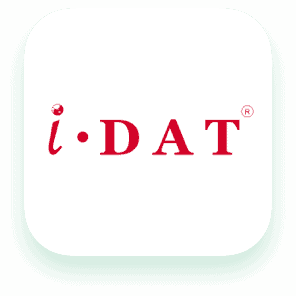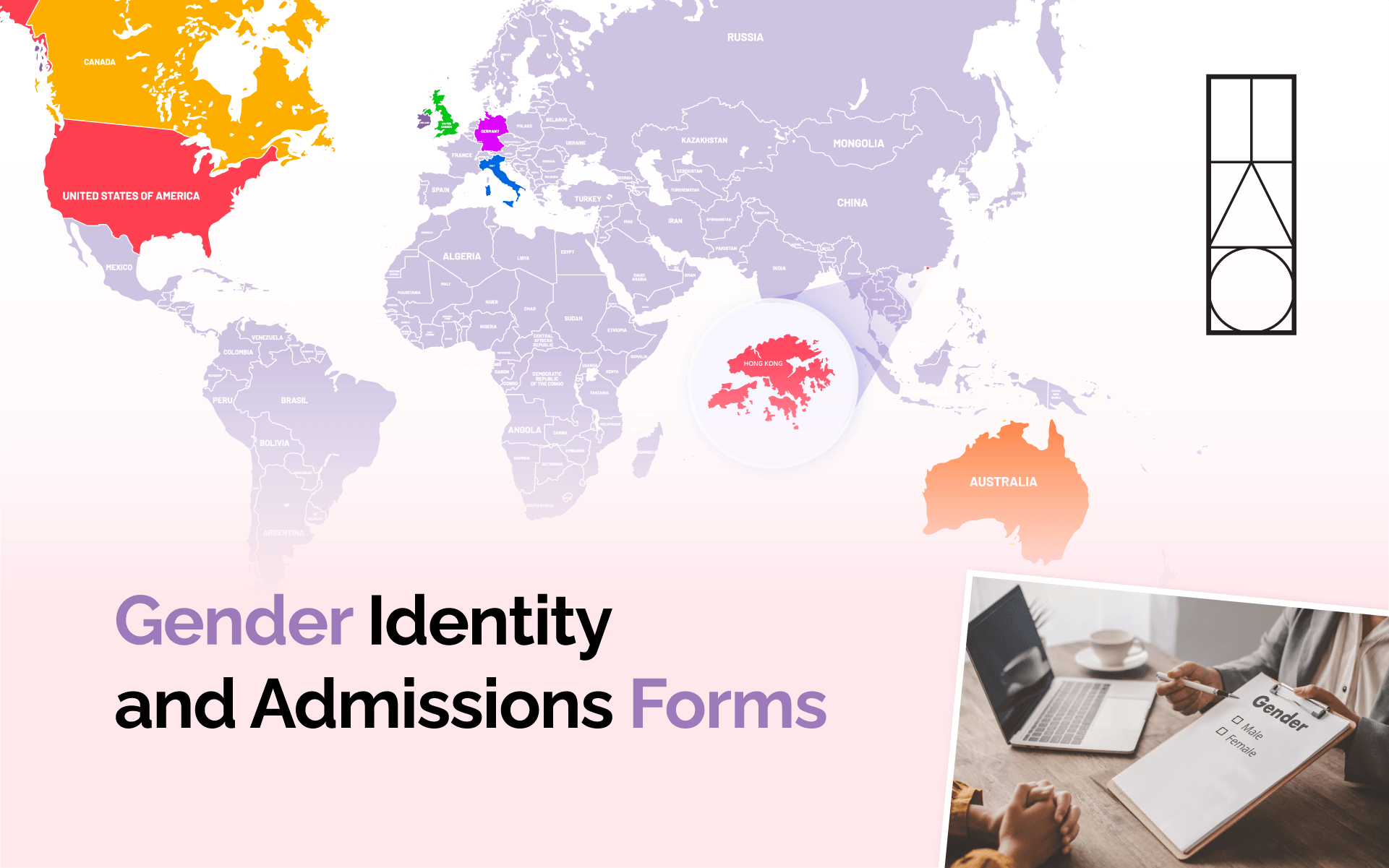If only it were so simple: just add “X”, “other” or “non-binary” after “male” and “female” in your application form. After all, isn’t it about time? Every year, more of our students (and prospective students) are identifying as gender neutral or non-binary and preferring to use they/them pronouns. In many of our schools, counselors and teachers run sexuality and gender awareness clubs that support students in the expression of their identities. They often see admissions as the most obvious place to start with the change. “Can’t you keep up with the times and allow all students to feel that their identity is recognized and respected in your application forms?” they ask. When you scratch below the surface, however, you see that there are significant challenges – or are they simply excuses not to make the change?
Technical Challenges
First there are the technical challenges. A simple piece of additional data such as “X”, “other” or “non-binary” for gender would have to flow smoothly through the school’s different information systems used by admissions, finance, the registrar, communications, alumni and development, to name just a few. But not all systems are configured to allow for the addition of “X”, “other” or “non-binary” without an incredible amount of time consuming work. One school’s Director of IT declared that “… the project would mean countless working meetings with a lot of people until it is right in terms of data flow and expected outputs…
Even for something this (seemingly) small.”
Legal Challenges
Then there are the legal challenges. There are key situations in which documents must correspond exactly with the information found on originals such as birth certificates or passports. Two examples are visas for residency or for international travel purposes and university applications. Some school administrators point out that failure for documents to match the originals exactly can lead to dire consequences for students. However, this might be made easier in the near future. According to Valeriya Safronova in the New York Times, US passports may soon provide a gender neutral option. It could be the start of a global trend.
“Delivery” Challenges
In the interview on page 24 Maria English from Dulwich College Suzhou in China adds another challenge, what we’ll call here the “delivery challenge”. Maria states that before adding a gender neutral option to an application form she would need “… to know that the journey for a student who identifies as non-binary will have the full experience of an inclusive community supporting them. It’s so much more than a label and I need to feel confident that the support is there from my school before I’m going to make any changes on our application form… I need to know that, if a student identifies as LGBTQ, non-binary, etc, we also have a support network in place. One simple example is that we don’t have gender neutral washrooms yet.” So, while admissions might be able to update their forms and make their process more inclusive, is it doing a disservice to the child if other areas in the school haven’t caught up?
Community Buy-In & Moving Forward
This brings us then to perhaps the biggest challenge, that of values and community buy-in. As international schools, we must be mindful and respectful of the values of the diverse cultural and religious groups among us and of the societies where our schools are located. But we also have to take the lead and present what we stand for bravely. And more and more schools are doing this. Schools that use OpenApply have the option of adding “non-binary” next to male and female in their forms. In fact, according to OpenApply, over 50 schools using the system now allow for gender neutrality on their application forms. This represents less than 10 percent of the schools OpenApply works with, showing there are still many schools that have yet to take this step. We also noticed that over ⅓ of the schools already incorporating gender neutrality in their forms are located in English speaking countries such as the US, Canada, UK, Ireland, and Australia, while the other ⅔ are spread primarily across Europe and Asia with Germany, Hong Kong, and Italy being most represented.
With only a small sample size, it is hard to draw any conclusions, though this may point to a correlation between overall societal values in different countries and the tendency to incorporate gender neutrality into admissions forms. Still, no matter where your school is located, demand for these changes is most likely to grow in the coming years.
















 All Services
All Services